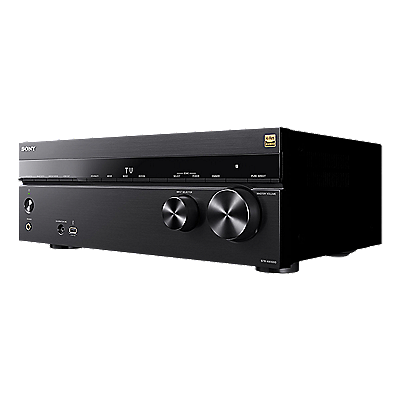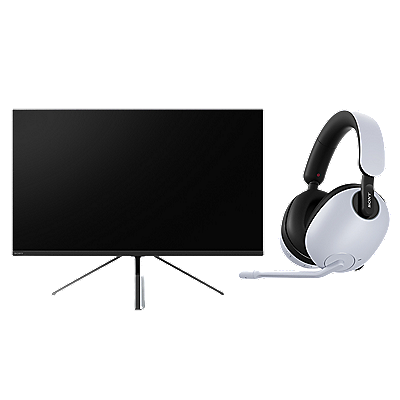What are the differences between the various types of video inputs found on a TV?
There are multiple types of connections for video signal transfer into a TV. Most combine audio and video together, others are video only, and some connections no longer appear on newer TVs.
Types of video connections and some comparison points:
- Radio Frequency (RF), also known as coaxial, include the VHF/UHF, CABLE, and AUX jacks. These input terminals carry video and audio signals and are used for connecting an indoor/outdoor antenna or cable for cable TV service.
- Composite Audio/Video (A/V), sometimes known as a RCA connection, combines black & white and color information into a single video signal and separates the audio into left and right channels. It provides better picture quality than RF. This connection transfers both audio and video signals.
- Composite Conversion Audio/Video (A/V) Input transfers audio and video information in the same manner as the composite audio/video connection, but has a different form factor. This connection type is available on Android TV™/Google TV devices and has a specific set of requirements when purchasing. Refer to Connecting a device to the Android TV/Google TV Video In jack using a RCA composite cable for more information.
- S-Video offers somewhat higher quality than composite video because it has conductors to separate the black-and-white and color signals. Only video is transferred through this connection. Due to the ability to only carry video, this connection type is now found in legacy products.
- Component Video terminals offer better quality than S-Video. These terminals divide the video signal into three component parts: black & white luminance (Y), blue color difference (PB), and red color difference (PR). This enables rich, accurate color. Only video is transferred through this connection.
IMPORTANT: The RGB terminals found on some computers and monitors are a different configuration and are not compatible with component video.
- Digital Video Interface (DVI) enables compressed digital-to-digital transport of a video signal. This connection is secured by HDCP technology to protect the signal from piracy. Only video is transferred through this connection to the TV, so be sure to check both the cable and the device to ensure that the DVI connection will transfer video only or both video and sound.
- High-Definition Multimedia Interface (HDMI) transfers uncompressed high-definition digital video and audio. This connection is also secured by HDCP technology to protect the signal from piracy. It is the most popular form of audio and video transfer and provides the highest levels of sound quality and video resolution.
To order connection cables, Go to Parts and Accessories.























